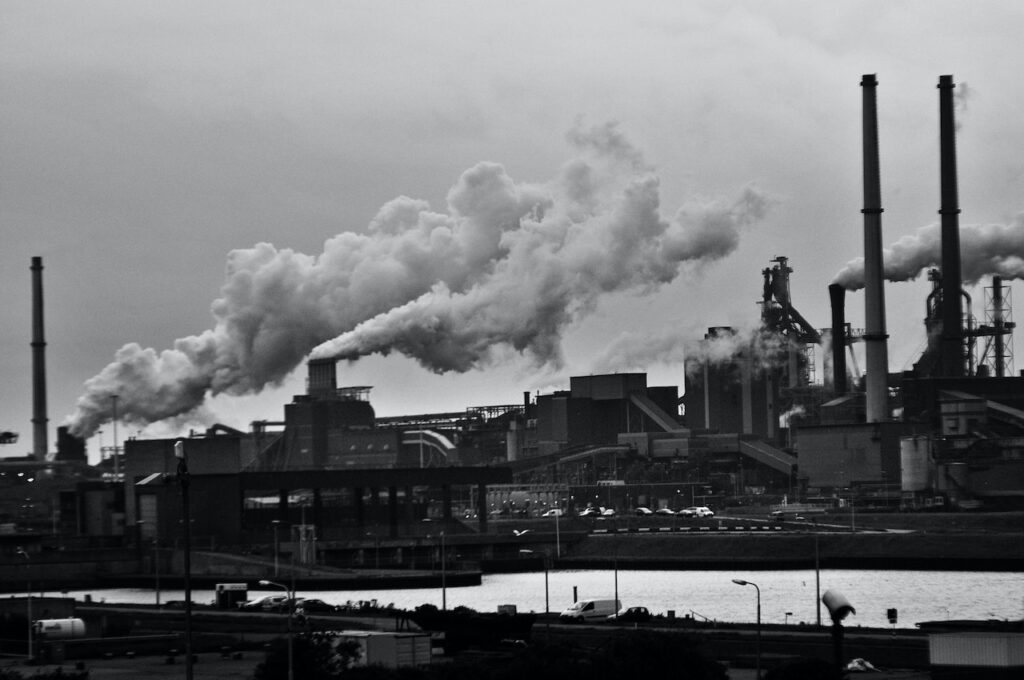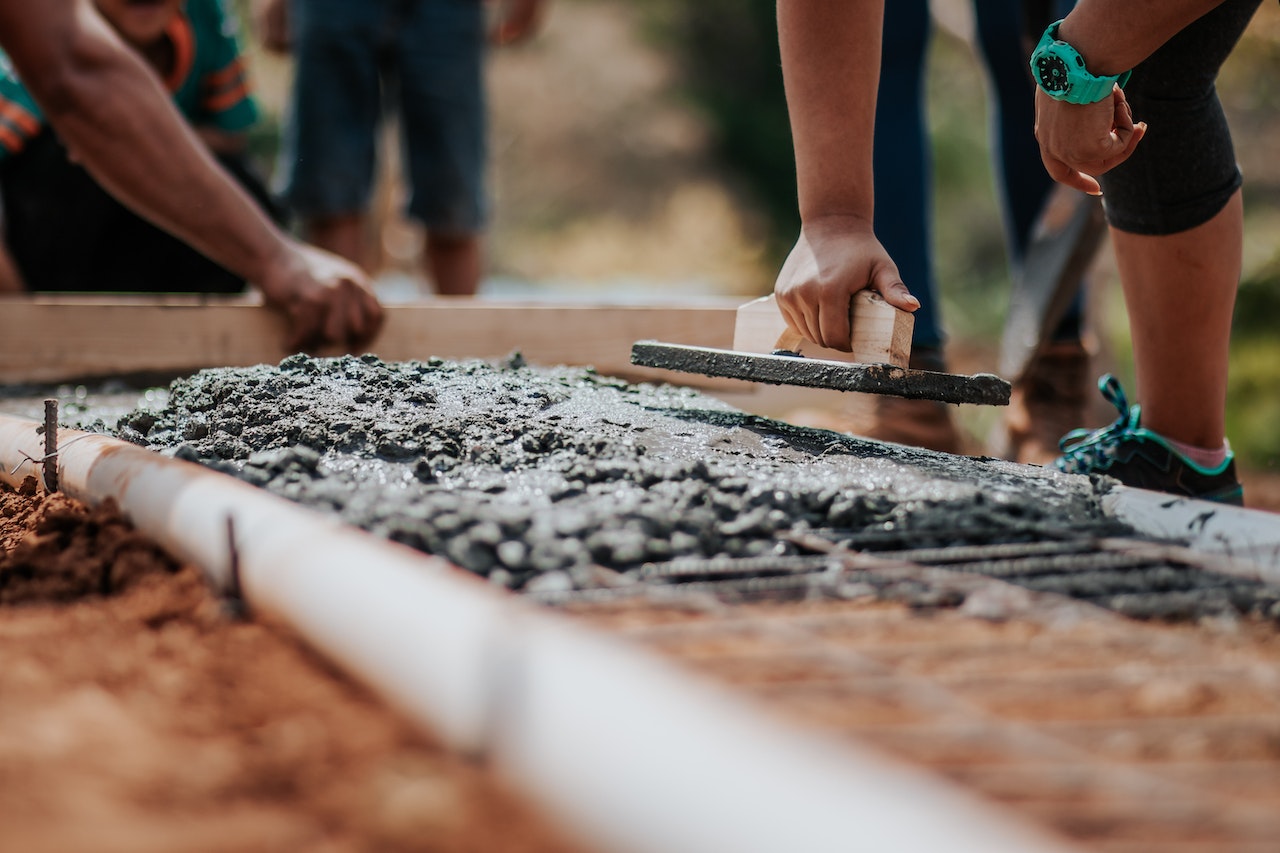Hempcrete and hemp insulation have multiple environmental benefits
Industrial hemp has many benefits when used for making sustainable construction materials, including hempcrete and insulation. Hempcrete is a mixture of hemp fibres, water, and lime, which creates a strong and lightweight building material that has excellent insulation and air quality properties. It is also renewable, sustainable, and carbon-negative, as the hemp absorbs carbon dioxide during growth and the lime used in the mix is produced through a carbon-neutral process.
Similarly, hemp insulation is made from the inner fibres of the hemp plant and provides excellent insulation, soundproofing, and air quality. Hemp insulation is also environmentally friendly, as it is grown without the use of pesticides and herbicides, and it is renewable, as the plant grows quickly and can be harvested annually. Up to 3 crops a year are possible in hot climates.

In addition to being environmentally friendly, industrial hemp is also cost-effective, as it requires less energy to produce than traditional building materials and can be grown in a variety of climates. Using industrial hemp for construction also helps to reduce waste and conserve resources, as the entire plant can be utilized, with the leaves, stems, and seeds being used for various purposes.
Overall, the use of industrial hemp for sustainable construction materials, such as hempcrete and insulation, offers numerous benefits. Not only does it provide a strong, durable, and environmentally friendly building material, but it also helps to reduce waste and conserve resources, while also being cost-effective and easily renewable.
How hempcrete is used
Hempcrete is a versatile and eco-friendly building material that is made from a mixture of hemp fibres, water, and lime. It has gained popularity in recent years due to its sustainability, durability, and insulation properties. In this article, we’ll discuss the benefits of using hempcrete and the ways it is being utilized in the construction industry.
Hempcrete is made by mixing the hemp fibres with a slaked lime binder. This creates a lightweight, insulating material that can be moulded into various shapes and sizes to meet the specific needs of a construction project. Unlike traditional concrete, hempcrete does not rely on a steel frame for support and is much lighter, making it easier to handle during the construction process.
One of the primary benefits of using hempcrete is its sustainability. Hemp is a fast-growing plant that requires minimal water and does not require the use of harmful pesticides or herbicides. Additionally, the process of producing lime for the binder is carbon-neutral, making hempcrete a carbon-negative building material. This means that over the life of the building, it will have absorbed more carbon dioxide than was released during its production.

Another advantage of using hempcrete is its insulation properties. The porous structure of the material allows it to store and release heat, creating a naturally warm and cosy interior. This reduces the need for heating and cooling systems, making homes and buildings more energy efficient. In addition, the insulation properties of hempcrete make it ideal for use in areas with extreme temperatures, helping to regulate indoor temperatures and improve overall comfort.
Hempcrete also provides excellent air quality. The material’s porous structure allows air to circulate freely, helping to prevent mould growth and improving indoor air quality. This is particularly important in homes and buildings where airtight construction can lead to poor indoor air quality and the buildup of harmful pollutants.
In terms of durability, hempcrete is a highly durable material that can last for hundreds of years. It is resistant to rot, fire, insects, and rodents, making it ideal for use in a variety of construction projects. In addition, it is flexible, allowing it to move with the building and reducing the risk of cracking or damage over time.
Another benefit of using hempcrete is its versatility. The material can be moulded into a variety of shapes and sizes, making it ideal for use in both new construction and renovation projects. It can be used to create walls, roofs, floors, and other building components, and can also be finished with a variety of materials, including wood, plaster, or stone.
Hempcrete is also cost-effective. Its low weight and versatility make it easier to handle during the construction process, reducing labour costs. In addition, its excellent insulation properties reduce the need for additional heating and cooling systems, which can also help to lower energy costs.
It’s becoming crystal clear that hempcrete is a sustainable, durable, and versatile building material that offers a range of benefits for the construction industry. Its insulation properties, air quality, and durability make it an ideal choice for homes, buildings, and other construction projects. As awareness of the benefits of using eco-friendly materials continues to grow, it is likely that hempcrete will become even more popular in the years to come. And that’s the future that we’re building.
The negative environmental impacts of cement and concrete
Cement and concrete are essential materials in the construction industry, but their production and use also have significant negative environmental impacts. In this article, we’ll discuss the environmental impacts of cement and concrete, including air pollution, water pollution, greenhouse gas emissions, and resource depletion.
One of the biggest environmental impacts of cement and concrete production is air pollution. The production of cement releases large amounts of carbon dioxide (CO2) and other greenhouse gases into the atmosphere, contributing to global warming and climate change. In addition, cement production also releases sulfur dioxide (SO2), nitrogen oxides (NOx), and particulate matter, which can contribute to poor air quality and harm human health.

Another major environmental impact of cement and concrete production is water pollution. The production of cement requires large amounts of water, and the discharge of wastewater from cement plants can contain high levels of pollutants, including heavy metals and salts. These pollutants can contaminate groundwater and surface water, making it difficult to use these sources for drinking and irrigation.
In addition to air and water pollution, the production of cement and concrete also generates large amounts of greenhouse gases. The production of cement releases CO2 through the burning of fossil fuels, and the chemical reactions that take place during the production process also release significant amounts of CO2. These emissions contribute to global warming and climate change.
Resource depletion is another environmental impact of cement and concrete production. The production of cement requires large amounts of raw materials, including limestone, clay, and iron, which are often mined from areas that are rich in biodiversity. The extraction of these materials can cause significant environmental damage, including habitat destruction, soil erosion, and water pollution. In addition, the production of concrete requires the use of sand and gravel, which can lead to the depletion of these resources and contribute to desertification and loss of biodiversity.
The use of cement and concrete also has negative impacts on the environment after the construction process is complete. Concrete is a porous material that can absorb and retain pollutants, including heavy metals and chemicals, which can leach into the groundwater and soil. In addition, concrete structures can create urban heat islands, which can increase local temperatures and contribute to global warming.
In conclusion, the production and use of cement and concrete have significant negative environmental impacts, including air pollution, water pollution, greenhouse gas emissions, and resource depletion. It is important for the construction industry to take these impacts into account when choosing materials and designing buildings, and to explore alternative materials that are more sustainable and environmentally friendly. While cement and concrete will likely continue to play a role in the construction industry, it is important to find ways to minimise their environmental impact and reduce their long-term impact on the planet. The most effective way to do this is for the construction industry globally to embrace the power of hemp construction materials.
Learn more
Why hempcrete is the construction material we need in 2023
Hempcrete is on the rise (literally!)
Image credits
All images: Pexels.com
Latest posts
- We’re in the XPRIZE Top 100 in the World
- Earth Day 2024: Planet vs. Plastics
- Tao Climate Urges UN Commission on Narcotic Drugs to Exclude Industrial Hemp from Narcotics Conventions
- Our Double Impact Pledge for 2030: Sequester 1 Gigatonne of Carbon in Hemp Housing for 300 Million People
- Hemp Finalist Entry in Elon Musk’s XPRIZE
Founder and CEO at Hempoffset.com and TaoClimate.com.
Hempoffset works with hemp growers and makers worldwide, to capture and sequester CO2 at scale, while building a sustainable world.
Tao Climate works with companies and individuals that want to measure, minimise and manage their carbon footprints. Tao Climate is the way to carbon neutral.
We are proud members of the Google Startups for Sustainable Development program.

